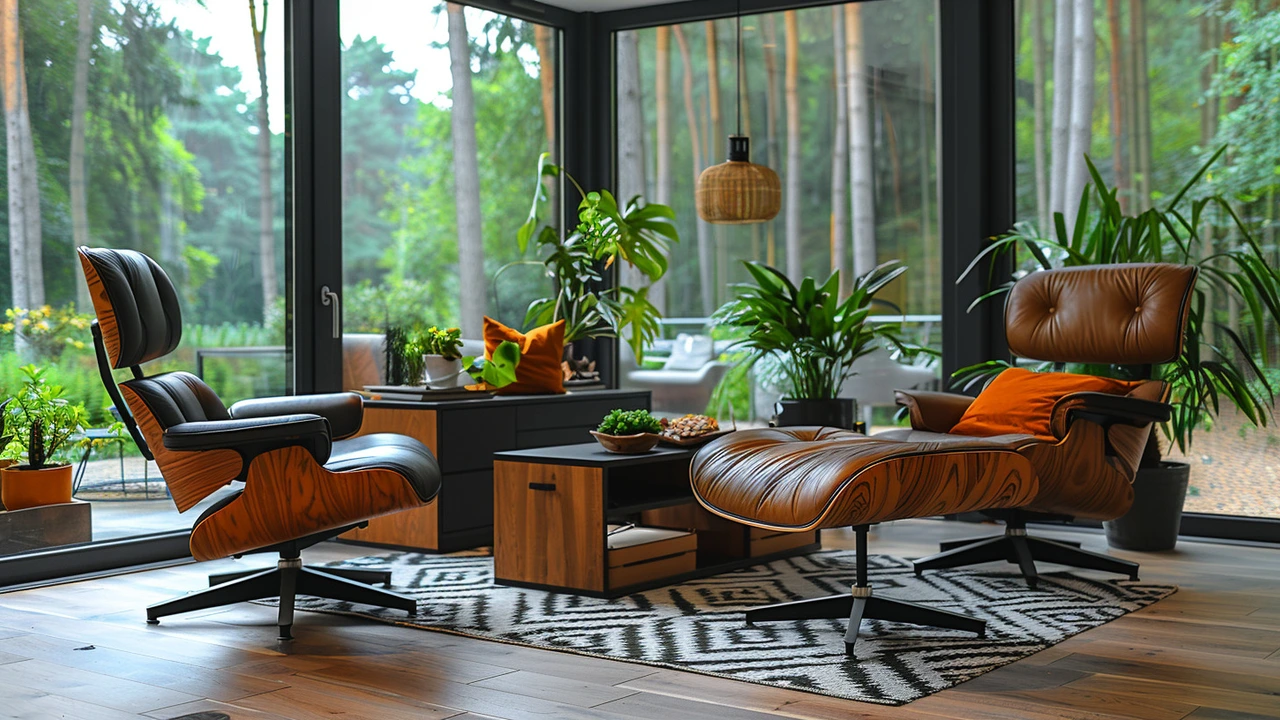In this article, we embark on a journey through the Mid-Century Modern era, often regarded as the golden age of design. We uncover the historical roots of this iconic style, explore its key characteristics and influential designers, and provide practical tips for incorporating Mid-Century Modern elements into contemporary living spaces. The article is enriched with interesting facts and quotes from various sources, aimed at offering readers a comprehensive understanding of this timeless design movement.
Vintage furniture: how to spot great finds and make them last
Want a home that feels lived-in and personal? Vintage furniture adds character you can't buy new. But not every old piece is worth the space or price. This guide gives quick, clear steps to find real bargains, avoid costly mistakes, and keep pieces looking great.
Where to hunt and what to check
Start local: thrift stores, estate sales, flea markets, and neighborhood Facebook groups often have the best deals. Don’t skip local antique malls — they can teach you price ranges fast. When you find a piece, check these things before you pay:
- Structure: wobble the legs, open drawers. Solid joints (dovetails, mortise-and-tenon) mean long life.
- Material: real wood like oak, walnut, or teak beats veneer if you want to refinish later.
- Hardware: original handles, locks, and hinges add value. Replacements can be a red flag.
- Finish and damage: surface scratches are fixable. Deep rot, insect holes, or warped frames are expensive to repair.
- Labels and stamps: maker’s marks, labels, or stamped dates help identify era and value.
If you’re unsure, take clear photos and ask in an online group or app. A quick ID can save you hundreds.
Buying smart and bringing pieces home
Negotiate politely. Sellers expect offers, especially at flea markets and estate sales. Use visible flaws as bargaining points: “I like it, but the veneer lift will cost me to repair.” When transporting, protect corners and glass. Wrap legs in blankets and secure drawers so nothing shifts in transit.
Small restoration projects are usually worth it. Tighten loose joints with wood glue and clamps. For scratched finishes, try a colored wax stick or a light sanding and oil coat. If you’re dealing with veneer lifts or major structural issues, get an estimate from a local restorer before you buy.
Want to use vintage furniture every day? Reupholstering seat cushions or adding new foam can make pieces comfortable while keeping original frames and details intact.
Mixing vintage with modern is easy: use one vintage anchor (a sofa, a dining table) and keep surrounding pieces simple. That makes the vintage item pop without overwhelming the room.
Care tips that actually work: keep wood out of direct sunlight, use felt pads under legs, avoid harsh cleaners, and dust regularly. For antique finishes, a light coat of beeswax or a product meant for antiques protects without stripping character.
Final quick checklist before you buy: test stability, verify materials, note repair needs, check dimensions for your space, and confirm transport. With those steps, you’ll bring home pieces that look better with age and tell their own stories.

